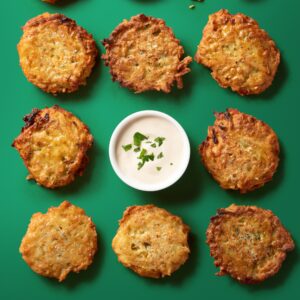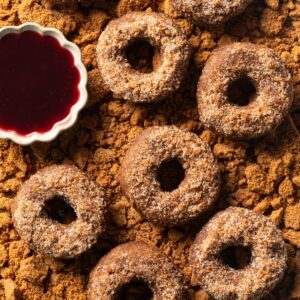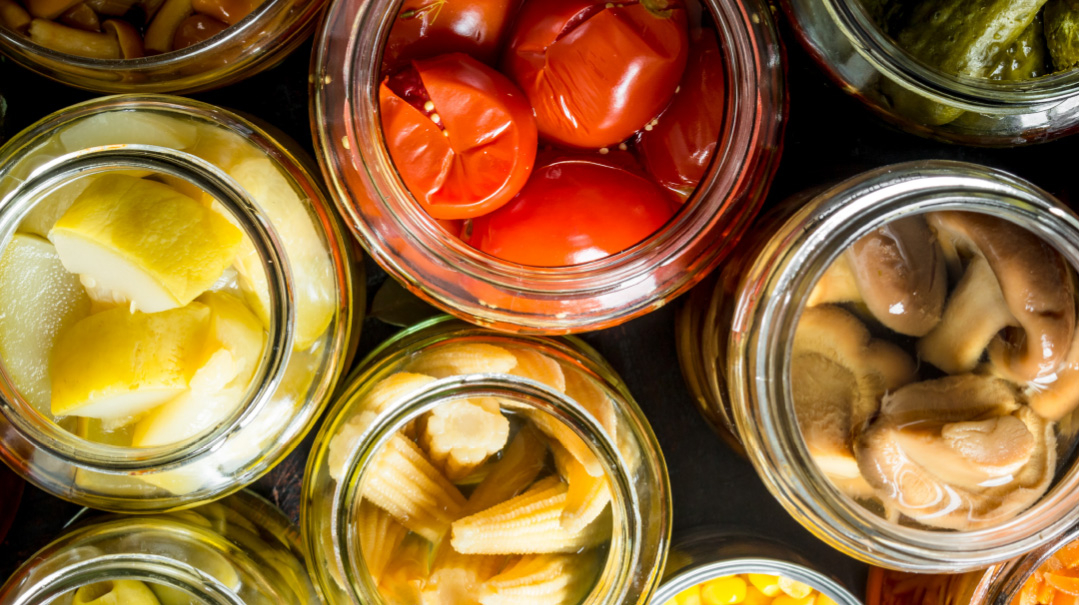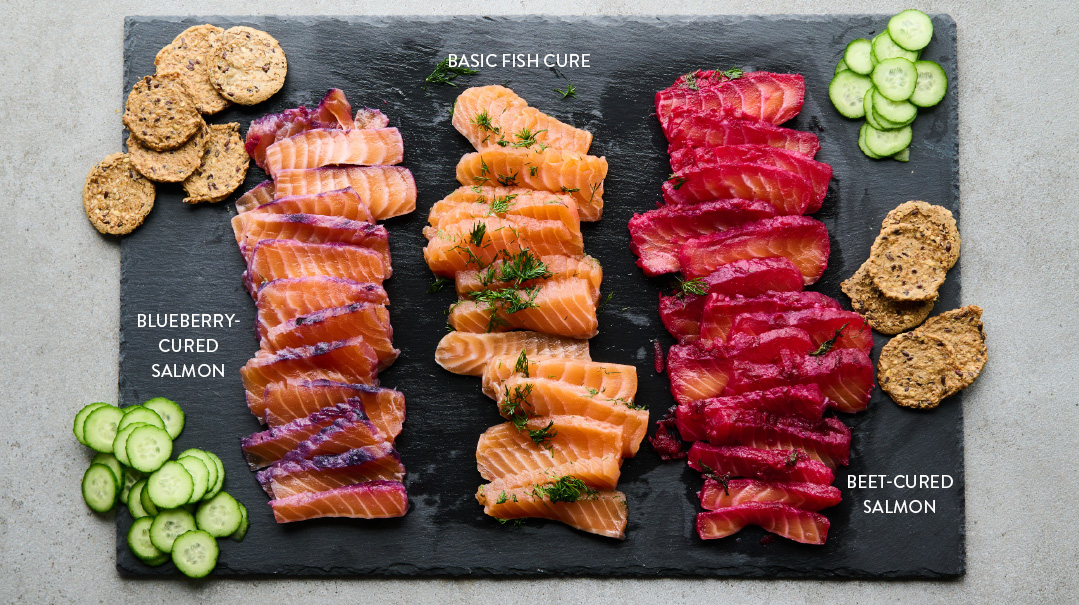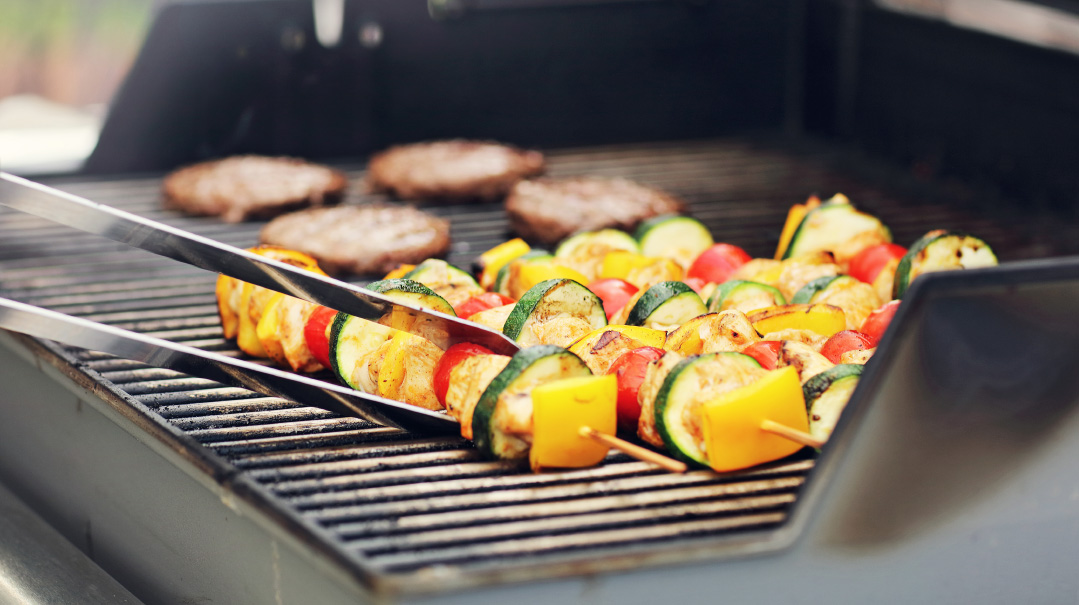Salts of the Earth
| August 12, 2020How various culinary salts interact with your food and your body
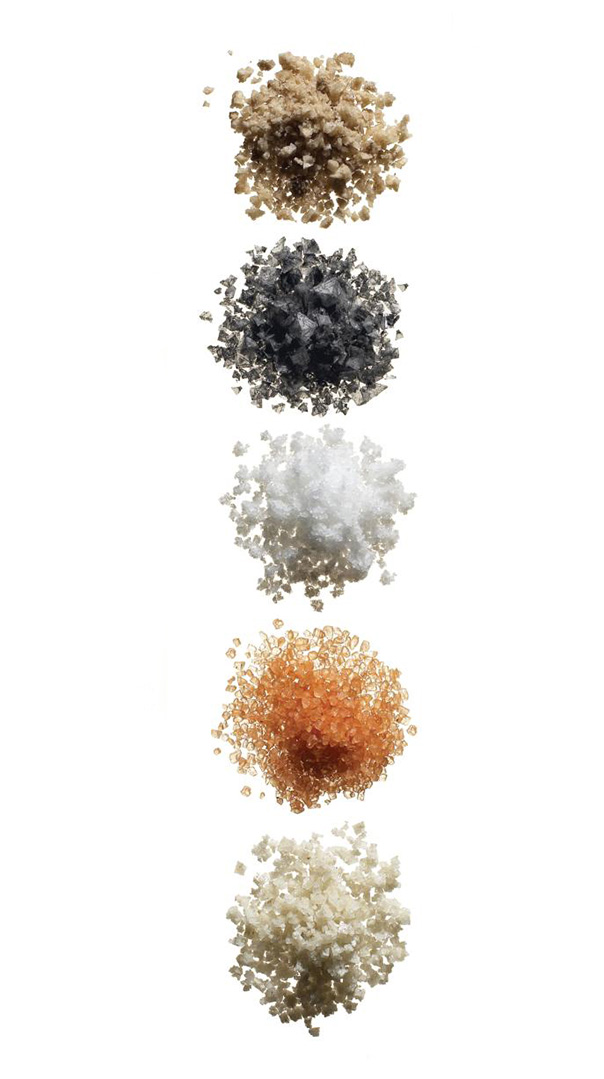
In my home, we cook most foods with little or no salt, and look for products that have the lowest sodium content. I get nagged about my avoidance of salt by my foodie friends, and I tell them that at any age people should limit their sodium intake to keep their bodies healthy
What’s so bad about salt? they ask. Salt makes our bodies retain water, I say, which puts an extra load on our hearts and cell walls, can raise blood pressure and lead to heart attacks, strokes, and other serious health issues. Right, they say, so when we’re diagnosed with high blood pressure, we’ll limit the salt. Why should we change now?
This article is my response, and I’m making the convo public. I’ll start with the origins of salt, move briefly through the health pros and cons, and introduce you to some cool gourmet salts and how to use them.
Where It Comes From
Salt comes from salt mines or evaporated sea water, and is made up of two main minerals — sodium and chloride. Sea salts and colored salts contain extra minerals not found in table salt, such as potassium, magnesium, and calcium, but in trace amounts that don’t add up to much nutritionally. Salt helps to bring out the flavor in food, acts as a binder and stabilizer, and preserves freshness. Our bodies also require sodium to control nerve impulses, use our muscles, and maintain proper water and mineral balance.
All produce naturally contains sodium, especially vegetables — cooked spinach and chard contain about 300 mg of sodium; there’s roughly 65 mg per medium beet (golden or red); and celery and carrots have 50 mg per serving. Fruits have very low levels of naturally occurring sodium. The processed foods that make up much of the typical American diet, on the other hand, contain massive amounts of salt, leaving us with very little salt budget when cooking. People who eat “clean” — using fresh, whole ingredients and avoiding processed foods — can use salt sparingly without health risks.
Salt Checkup
So how do you know where you fall on salt use? Do an inventory of the foods you eat regularly, including both raw ingredients and fully prepared foods — marinara, canned foods, cereals, snacks, consommés — and add up the sodium per serving. The CDC recommends sticking to less than 2,300 mg a day; Harvard School of Public Health says we only need 500 mg a day to function well, with a healthy maximum of 1,500 mg.
If your total is between these numbers, you can add a little salt to your dishes. If not, you may want to cut out some of those high-salt ingredients and foods completely, or look for low-sodium replacements (see sidebar for practical tips). On a personal note, I’ve been amazed at how quickly we can lower our salt tolerance and be able to taste and appreciate the natural flavor of different foods and spices.
A note of caution: For those who think they can wait until they get older to minimize their salt intake, by the time a person reaches a point of high blood pressure, medication will likely be required to keep the pressure down, in addition to a salt-free diet. Making changes now can prevent that and keep a person healthier during their prime and later years. Sticking to a low-sodium diet with lots of unprocessed vegetables, fruits, and whole grains gives you a greater chance at a healthy, long life.
Oops! We could not locate your form.


